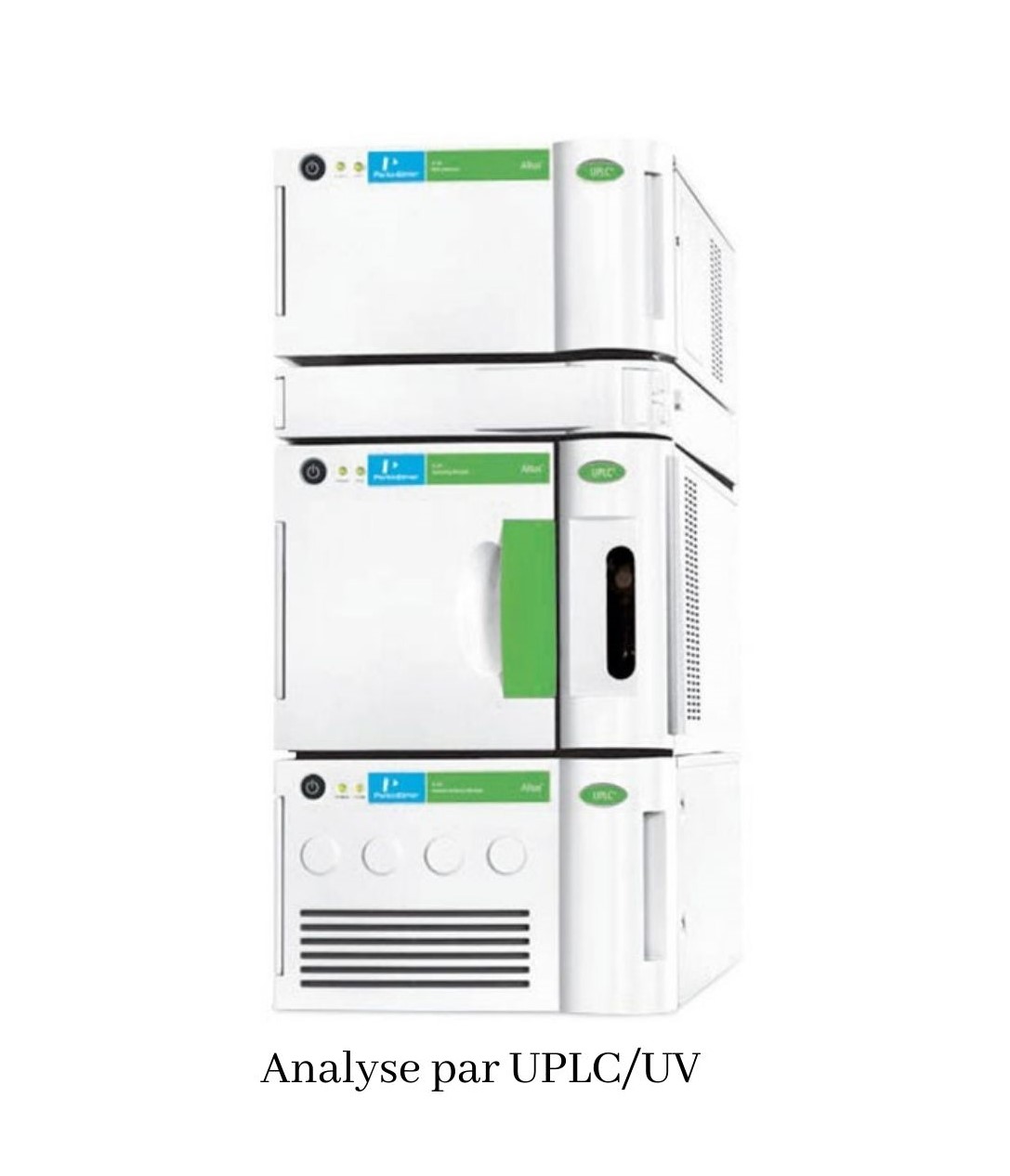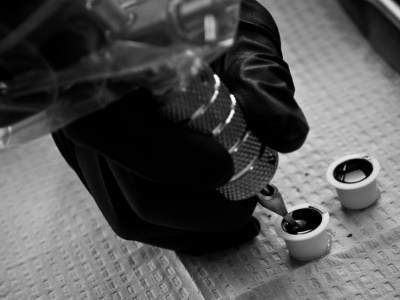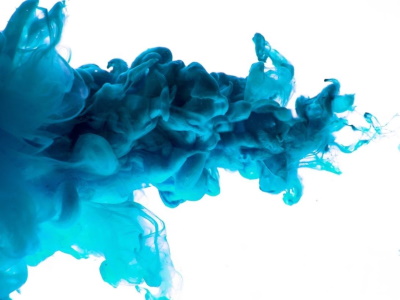Blue dye content study
Colorants are
widely used additives, particularly in the
food industry.
Like any compound, they are subject to standards and
limit levels so that the consumer does not exceed the maximum daily quantity set.
It is for this purpose that a beverage manufacturer contacted our laboratory in order to
quantify the coloring content of one of its products and to ensure compliance with French legislation.
Our team was therefore tasked with identifying and assaying the
dye E133 , also known under the name of
Acid Blue 9 [3844-45-9].

 EN
EN
 FR
FR



